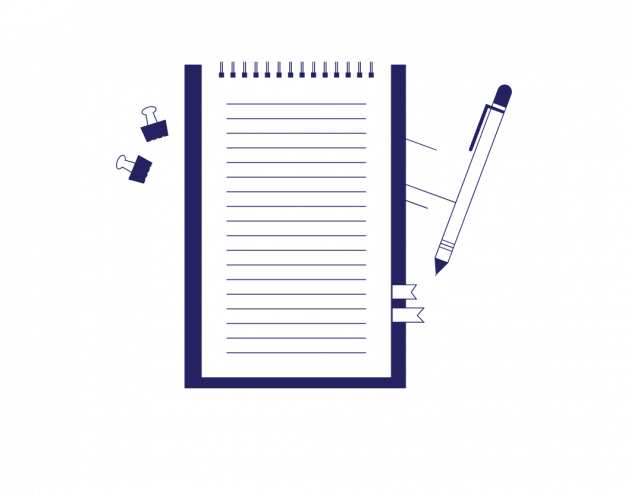
- 3-minute read
- 27th August 2019
Citing a Chapter from an Edited Book in MHRA Referencing
Edited books can be invaluable when researching an essay, offering a range of relevant ideas or arguments in one place. But if you’re going to use information from an edited book in your written work, you’ll need to know how to cite it correctly. And this can be tricky. In this post, then, we’re looking at how to cite a single chapter from an edited book in MHRA referencing.
Footnote Citations for a Chapter from an Edited Book
In MHRA referencing, citations are signaled with a superscript number:
Such as in this sentence, for example.1
You will then give full source information in a footnote. For a chapter from an edited book, the details required in MHRA referencing are:
n. Chapter Author(s), “Chapter Title,” in Book Title, ed. by Editor(s) (Place: Publisher, year), chapter page numbers (pinpoint reference).
The pinpoint reference is the specific page cited, while the chapter page numbers cover the full page range of the chapter. For instance:
1. Hugh Wilder, “Interpretive Cognitive Ethology,” in Readings in Animal Cognition, ed. by Marc Bekoff and Dale Jamieson (Cambridge, MA: MIT Press, 1996), pp. 29-45 (p. 43).
In this case, the chapter runs from page 29 to page 45 of the overall volume, and here we’re citing something from page 43.
Repeat Citations in MHRA Referencing
If you cite the same chapter again later in your work, you don’t have to repeat the full source information in every footnote. Instead, you can use:
- “Ibid.” for consecutive citations (a Latin term meaning “in the same place”).
- The author’s surname for non-consecutive citations.
In both cases, add the pinpoint citation after a comma.
Find this useful?
Subscribe to our newsletter and get writing tips from our editors straight to your inbox.
Furthermore, if you’re citing a second chapter from one edited book, you only need to cite the title, editors and page numbers for the container volume, since the rest is available in a prior footnote. For example:
1. Hugh Wilder, “Interpretive Cognitive Ethology,” in Readings in Animal Cognition, ed. by Marc Bekoff and Dale Jamieson (Cambridge, MA: MIT Press, 1996), pp. 29-45 (p. 43).
2. Ibid., p. 32.
3. Randy Thornhill, “The Study of Adaptation,” in Readings in Animal Cognition, ed. by Bekoff and Jamieson, pp. 107-127 (p. 112).
4. Wilder, pp. 34-35.
Here, citations 1, 2, and 4 are all for one source. But citation 3 is for another chapter in the same book, so we give the author name and chapter title, plus the title, editor names, and page numbers for the container volume. If you are citing more than one work by the same author, moreover, give a shortened version of the chapter title in repeat citations to prevent confusion.
Chapters from an Edited Book in the Bibliography
In the bibliography, you should list a chapter from an edited book as follows:
Surname, First name, “Chapter Title,” in Book Title, ed. by Editor(s) (Place: Publisher, year), chapter page numbers
Note that the author’s names are reversed here, and there is no pinpoint citation or end punctuation. You should then provide full publication information for each chapter cited from an edited book:
Thornhill, Randy, “The Study of Adaptation,” in Readings in Animal Cognition, ed. by Marc Bekoff and Dale Jamieson (Cambridge, MA: MIT Press, 1996), pp. 107-127
Wilder, Hugh, “Interpretive Cognitive Ethology,” in Readings in Animal Cognition, ed. by Marc Bekoff and Dale Jamieson (Cambridge, MA: MIT Press, 1996), pp. 29-45
As shown here, sources should be listed alphabetically by author surname. And if you want to be extra sure the referencing is correct in your document, don’t forget to have it proofread.




